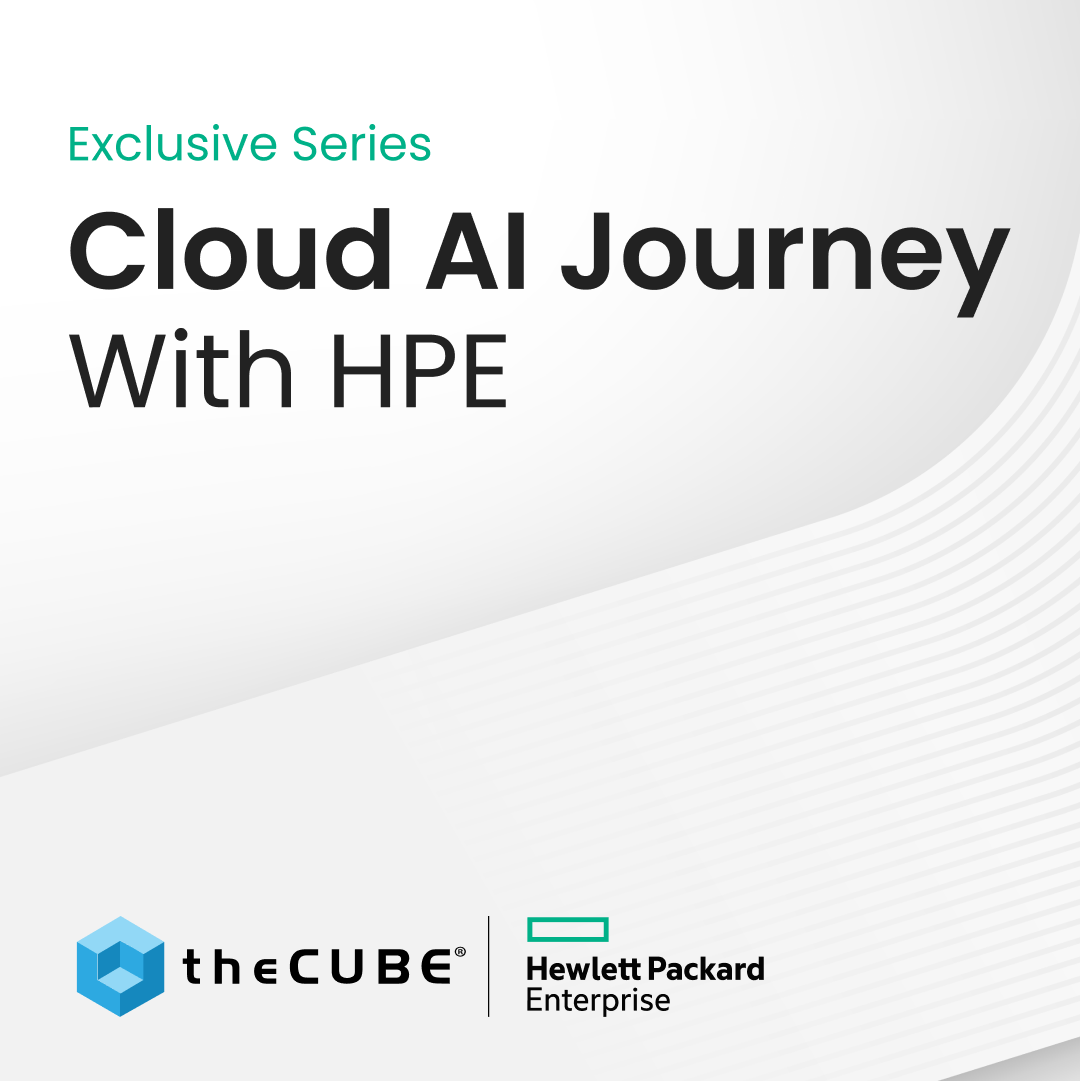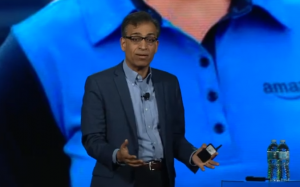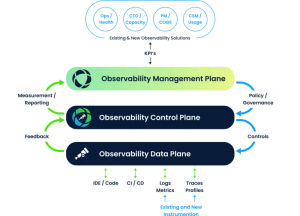Study: Students ADDICTED to Social Media, or is it Brain Evolution?
![]() Univeristy of Maryland’s International Center for Media & the Public Agenda did a study, asking 200 students to abstain from their computers and smart phones for one full day and then to blog about how they felt. You think kids aren’t prolific communicators because you see them as quiet or morose? The students wrote about their experience and 200 of them typed 110,000 words, “about the same number as a 400-page novel.” These kids CAN communicate, if we ask them something that interests them or they want to share how they feel with us.
Univeristy of Maryland’s International Center for Media & the Public Agenda did a study, asking 200 students to abstain from their computers and smart phones for one full day and then to blog about how they felt. You think kids aren’t prolific communicators because you see them as quiet or morose? The students wrote about their experience and 200 of them typed 110,000 words, “about the same number as a 400-page novel.” These kids CAN communicate, if we ask them something that interests them or they want to share how they feel with us.
The study’s results statement says: “American college students today are addicted to media, describing their feelings when they have to abstain from using media in literally the same terms associated with drug and alcohol addictions: In withdrawal, Frantically craving, Very anxious, Extremely antsy, Miserable, Jittery, Crazy.”
Susan D. Moeller, the journalism professor who conducted the study, noted “What they spoke about in the strongest terms was how their lack of access to text messaging, phone calling, instant messaging, email and Facebook, meant that they couldn’t connect with friends who live close by, much less those far away.”
What’s going on here? I suggest we look at this from a different perspective. Kids are prolific connectors these days, sending 100s of texts a day. They communicate everything that they see and feel and think, in the very moment that things happen to them. This can be very healthy, in that they don’t feel their wounds alone and they do not stay stuck in their response to events. They share almost immediately, and sharing sorrows or fears or wounds and receiving feedback helps to diminish them, making them manageable. Then the kid moves on to the next life experience.
They share their joys and judgments and distrust and distractions and together they are creating an invisible, below-the-radar tribe.
The stereotypical ‘teen angst’ experience of feeling alone and not understood in the world is quelled by constant interaction, even though it is via computers and cell phones. One student in the study said, “Texting and IM-ing my friends gives me a constant feeling of comfort. When I did not have those two luxuries, I felt quite alone and secluded from my life. Although I go to a school with thousands of students, the fact that I was not able to communicate with anyone via technology was almost unbearable."
Given that their usual avenues to the news were voluntarily blocked for 24 hours, did they turn to old media sources? No. Interestingly, only a scant few said they turned to newspapers or radio, because they are used to getting their news from social media and each other. Only the Olympics and such big events got them to turn on the TV for news.
Again, from a different perspective, these kids are used to immediate reception of news and immediate sharing of not only the news but their thoughts on it. They are relevant within their circle of friends. They bond together in ‘Like’ groups on Facebook, they are extremely aware of current events, as they happen, and they are interested in what is happening around the globe.
I think they are not so much addicted, as experiencing brain evolution. Their brains can and are handling massively increased brain activity. The sending and receiving neurons, the connectors, all are being called upon minute–by-minute as they text and update and check in with each other, whether they are close friends or online friends. A sense of loyalty exists, not just to those few kids that they know and run into in classes or after school programs, but also to ![]() hundreds of other kids near and far that they connect with only online. In other words, their brains are firing for people in their local ‘family’, and their regional and international ‘family.’
hundreds of other kids near and far that they connect with only online. In other words, their brains are firing for people in their local ‘family’, and their regional and international ‘family.’
This so-called ‘addiction’ to social media is, to me, the best sign that humanity will continue. Because while the old white haired guys are throwing bombs at each other and sending up spy satellites, these kids’ brains are connecting, not looking for differences. Of course, there is still teen hate, teen judgment, teen cruelty, but their ‘tribe’ isn’t just three kids they eat with at the school lunch table.
Their tribe is the hundreds of friends they have in social media, and they clearly show compassion when they hear about and communicate about events that do not personally affect them, like the earthquake in Chile that happened while some of the students were ‘unplugged.’ The only problem I see is that the ownership of smart phones, ipods and laptops is probably related to economic strata and therefore kids within lower income households aren’t getting the benefit of these enlarged social networks.
So their brains are hyper-active, in a way that does not need to be medicated. Their brains have brought them into larger, safer, more solid groups within which they can hopefully learn to be their best selves. That’s not addiction. That’s a healthy learning environment. If their parents and educators could see from a new perspective, social media could be the glue to a new, larger, more global coherent community.
A message from John Furrier, co-founder of SiliconANGLE:
Your vote of support is important to us and it helps us keep the content FREE.
One click below supports our mission to provide free, deep, and relevant content.
Join our community on YouTube
Join the community that includes more than 15,000 #CubeAlumni experts, including Amazon.com CEO Andy Jassy, Dell Technologies founder and CEO Michael Dell, Intel CEO Pat Gelsinger, and many more luminaries and experts.
THANK YOU













